Historic Bed Stuy Factory Building, Now Church, to Be Partially Demo'd for Condos
A Victorian rubber factory turned church on Marcus Garvey Boulevard will be transformed if plans go through for a partial demolition to make way for 30 condos on part of the site.

The original 1887 factory building will be reduced from three to two stories. Photo by Anna Bradley-Smith
A Victorian rubber factory turned church — known to locals as the “Glorious Hurch” after the “c” went missing on its sign — on Marcus Garvey Boulevard will be transformed if plans go through for a partial demolition to make way for a new condo building on part of the site.
The Glorious Church of God in Christ is not going anywhere but is selling off chunks of its corner-straddling property at 397 Marcus Garvey Boulevard to pay for repairs. To acquire the air rights needed to build five stories high along the Halsey Street section of the lot, developer Seventh Street Development Corp. plans to chop off the most distinctive part of the property, the top story of its oldest section, the original red-brick factory fronting Marcus Garvey.
Designed by prolific Brooklyn architect Thomas Englehardt, the factory went up in 1887 and was remodeled in the 1920s. Over the years, the property grew and now comprises three buildings on one lot.
While there is no record of the building’s original appearance, its two distinctive toppers resemble Romanesque towers. They are echoed by the corner of the 1920s addition on Halsey Street as well as the crenellated parapets of the sanctuary. Some of Englehardt’s other factory buildings in Brooklyn have tower motifs, including the Ulmer Brewery in Bushwick and the Empire State Dairy in East New York, both landmarked.
A representative for the developer told Brownstoner that Seventh Street Development Corp “is contemplating a conversion of the old factory, within the parameters of relevant codes and site conditions.” The rep said the developer plans to build a five-story structure with approximately 30 condos, although plans are not finalized.

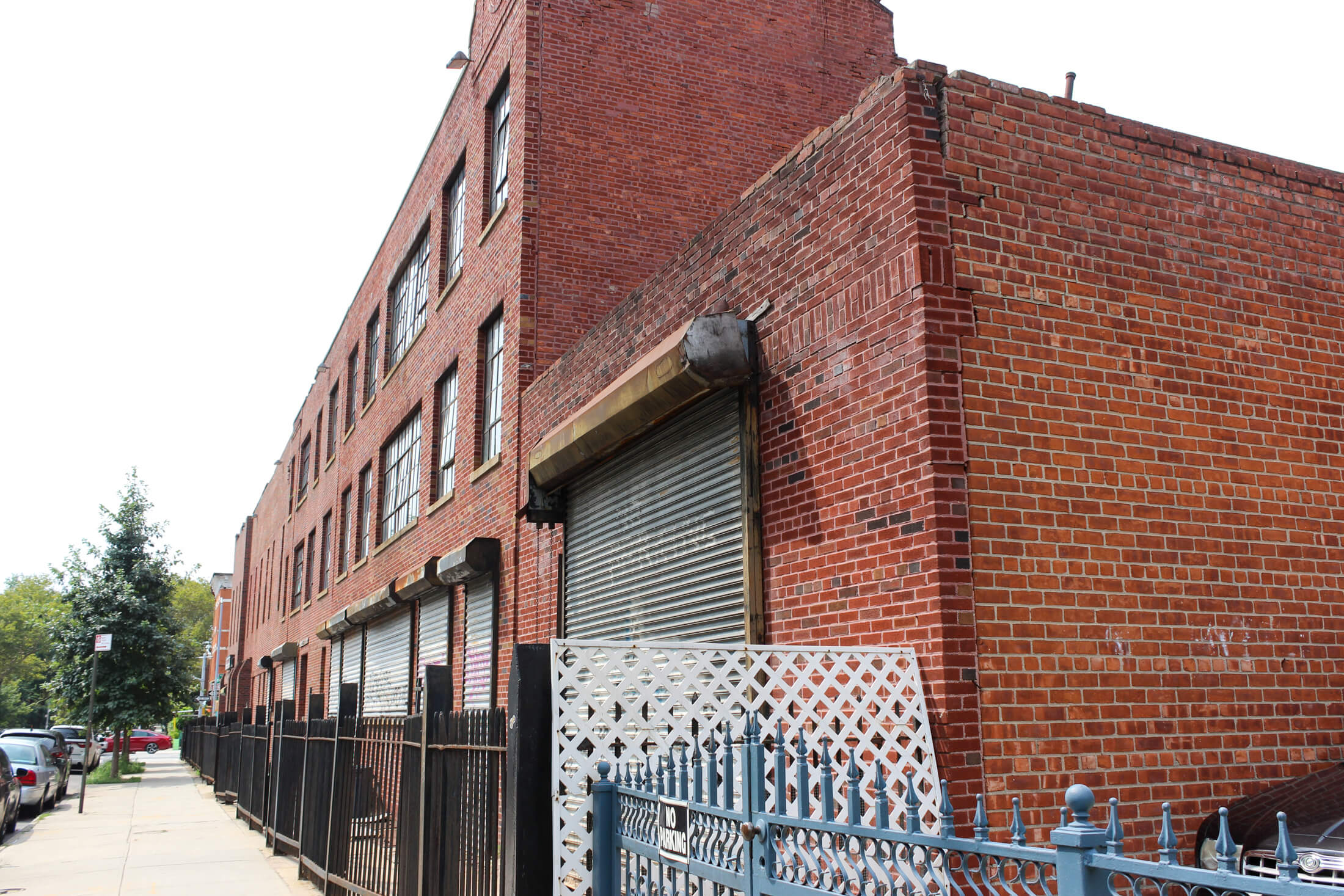
Paperwork filed in Kings County Supreme Court last week shows the Glorious Church of God in Christ Inc. and Halsey Group BSD LLC entered into a contract of sale in 2021 for a Halsey Street-facing portion of the site. Specified in the documents as managing member of the LLC is Yaakov Gold, aka Jack Gold, the COO of Seventh Street Development Corp.
The Brooklyn-based firm says on its website a main focus of the company is converting prewar properties into high-end rentals and condos. Seventh Street Development Corp. and Gold are linked to several Brooklyn projects, including a new seven-story mixed-use building replacing a 1930s Firestone service station at 1730 Bedford Avenue in Crown Heights.
As part of the $5 million sale, Halsey Group BSD LLC will get the existing eastern building that runs along approximately half of the site’s Halsey Street side, and which totals 10,993 square feet of lot area and approximately 15,524 square feet of development rights, according to court documents.
The church will retain the rest of the site, which includes the worship hall on the corner of Halsey Street and Marcus Garvey Boulevard and the to-be-reduced historic Marcus Garvey Boulevard building, as well as a lot on Hancock street that abuts the church building, and which currently holds one of two garages to be demolished. The state’s attorney general will have to approve the sale.
The proposed changes would see the historic parapet and one story demolished from the original factory building as well as 30 feet from its rear and two garages on the site.

Of the three buildings that make up the church’s current site, two were used as factory buildings for longstanding Brooklyn business Brooklyn Shield and Rubber, whose products included dress shields. The first, designed by Englehardt as a lace goods factory for the brothers behind the rubber company, LeRoy and Henry P. Rindskopf, rose at 397 Marcus Garvey (then Sumner Avenue) in 1887. At the time, the building was largely surrounded by townhouses, contemporary maps show. The brick building was remodeled in 1926 by architects Magnunson & Kleinert.
In 1919, following World War I, the Rindskopf brothers legally changed their last name to Rand and by the 1930s they had rebranded Brooklyn Shield and Rubber to Rand Rubber. During the mid-20th century, the brothers eyed the neighboring mixed-use buildings along Halsey Street for expansion of their business, and by the mid-20th century they had acquired nearly everything from the corner of Halsey Street and Marcus Garvey Boulevard up to 387 Halsey Street.
However, it seems like the corner building at 363 Halsey Street, which operated as the Dew Drop Inn bar and grill up until at least the late 1950s, and its neighbor at 365 Halsey Street did not fall into the Rands’ portfolio.
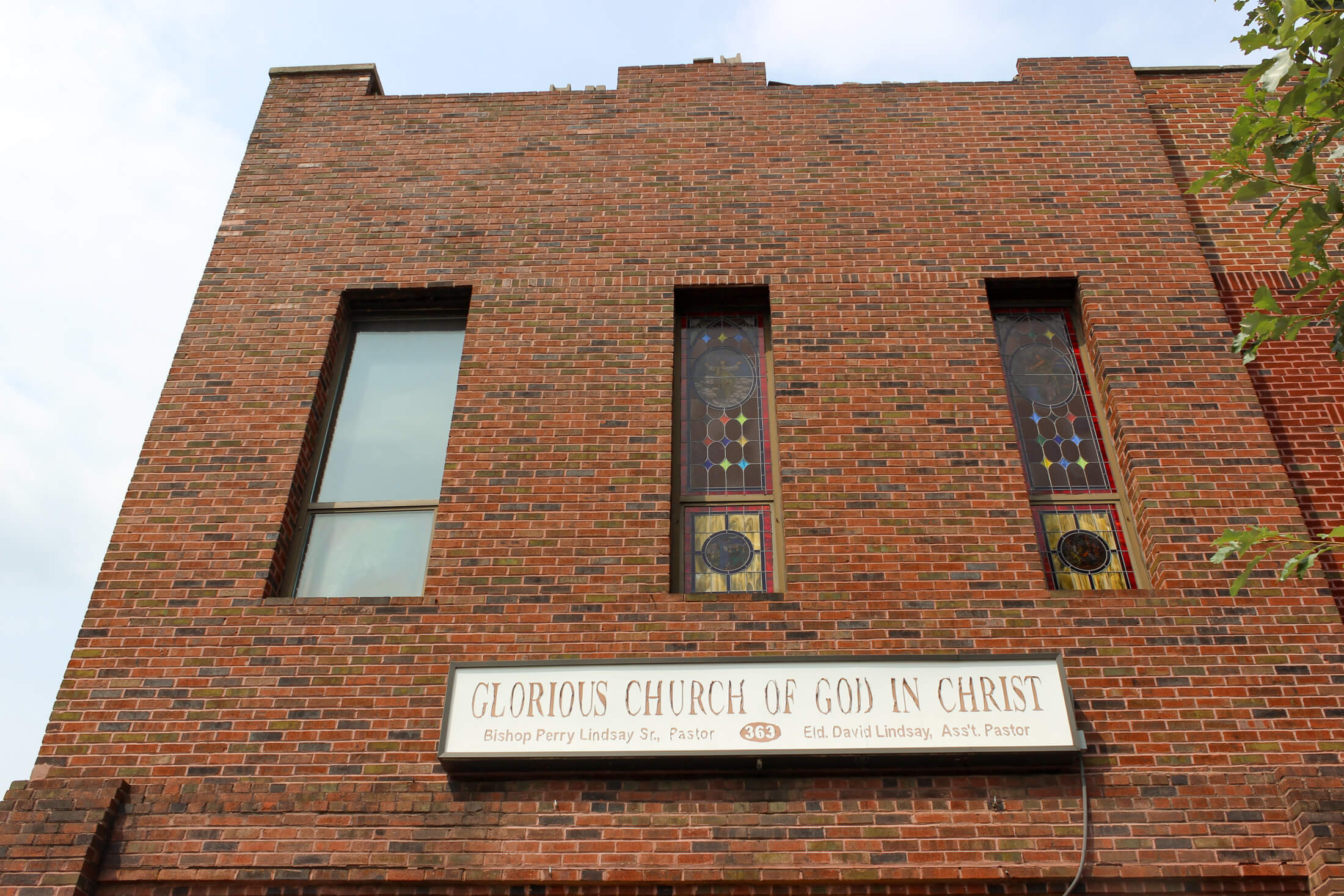
In the late 1970s the Rand family lost the factory to the city, which in 1982 sold it to Odell Tyrone Lewis, city records show. In 1985, Lewis sold the parcel to the Glorious Church of God in Christ. The 1940s tax photo shows the church’s worship hall was yet to be constructed; it may have been built by the church in the late 20th century.
In 1991, the church was fined by the city’s Department of Buildings for joining two buildings on the site without a permit, and in 2010 it was again fined for erecting walls to create bedrooms and installing plumbing for bathroom facilities without a permit, according to city records. Over the years, the church has received 42 DOB violations, 14 Environmental Control Board violations, and 25 complaints, according to city records.
The court documents say the money the church receives from the sale will go to the restoration and improvement of the buildings it retains.
Related Stories
- Pre-Civil War Gothic Church Faces Wrecking Ball to Make Way for Apartments in Bed Stuy
- Demo Starts, Fence Goes Up for Controversial Alteration of 19th Century School in Williamsburg
- Locals, Pols Ask AG to Save Historic Greenpoint Building Listed for $4.5 Million
Email tips@brownstoner.com with further comments, questions or tips. Follow Brownstoner on Twitter and Instagram, and like us on Facebook.

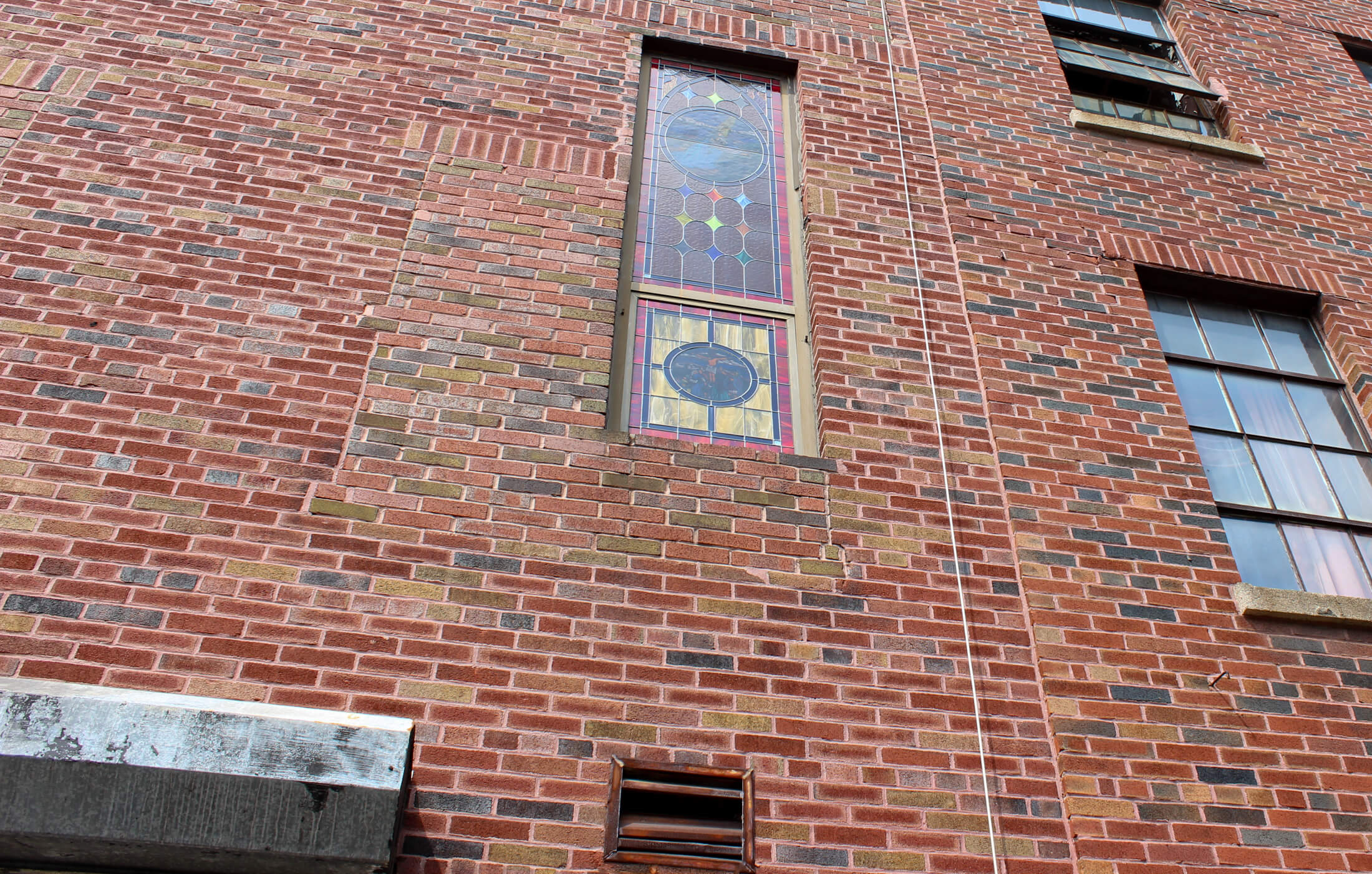

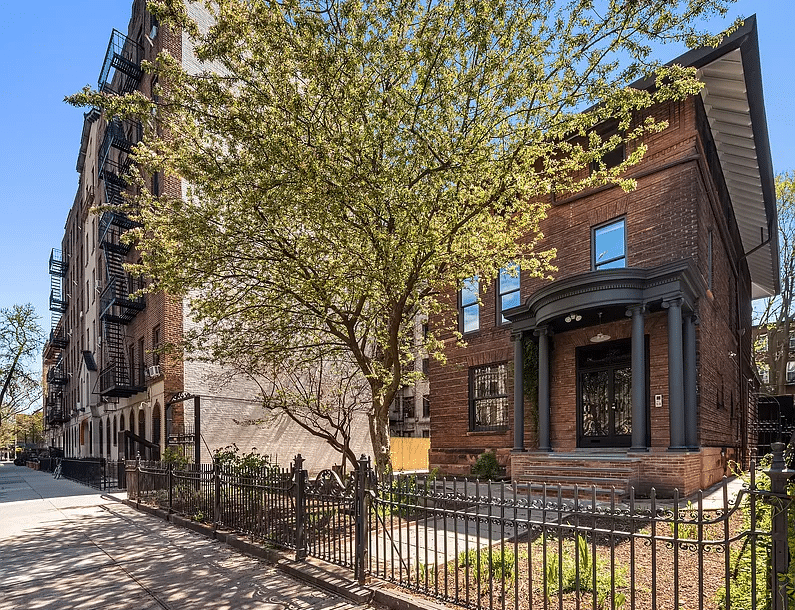

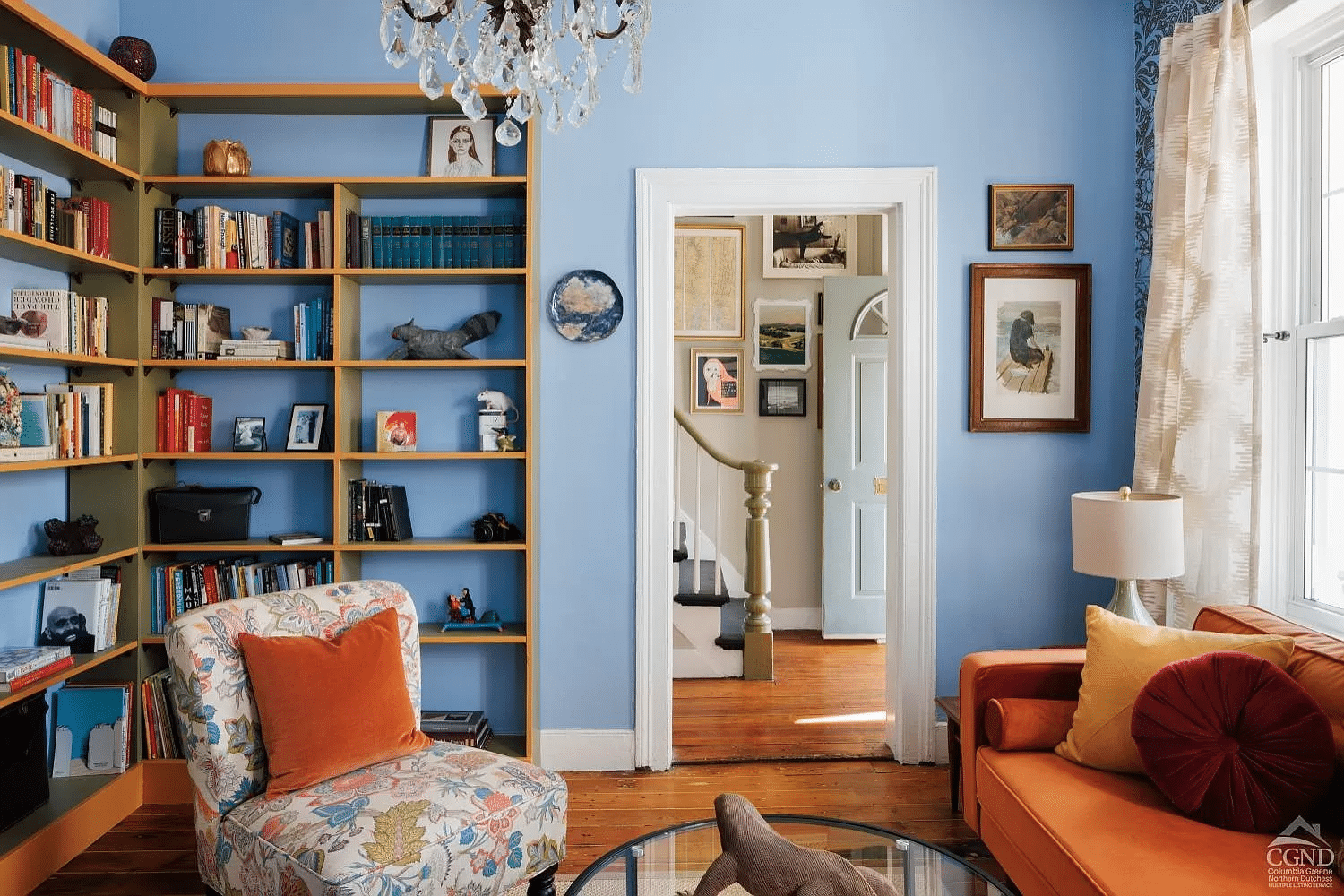




What's Your Take? Leave a Comment